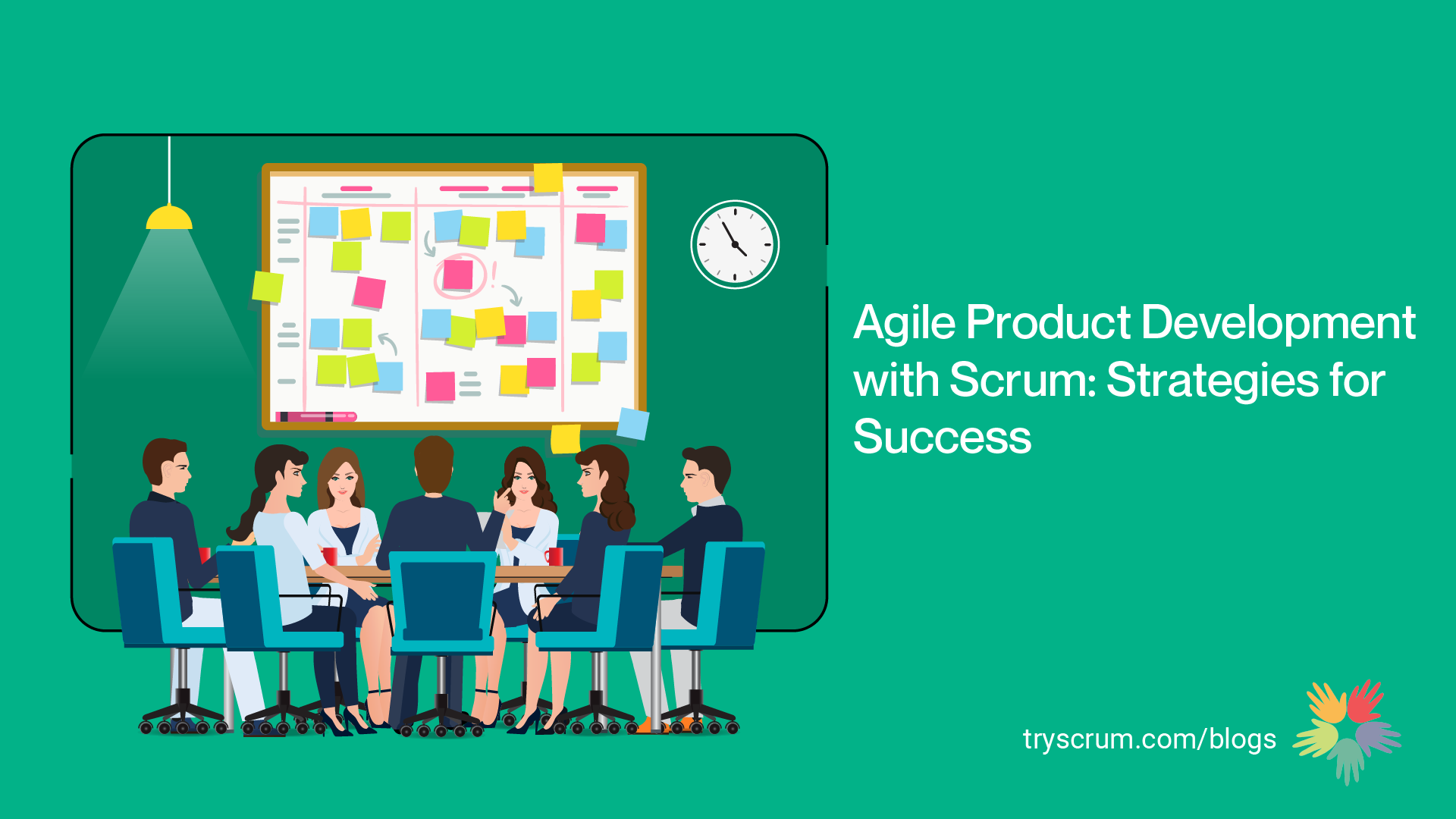
Agile Product Development with Scrum: Strategies for Success
Agile product development with Scrum is a popular approach to software development that emphasises collaboration, flexibility, and continuous improvement. Scrum provides a framework for agile teams to work together, prioritise outcomes, and deliver customer value in short, iterative sprints. So how can you ensure success when adopting this approach?
Here are some strategies for agile product development with Scrum:
Emphasise communication and collaboration
One of the fundamental principles of Scrum is that teams work together closely and communicate frequently. For a team to be successful, it’s essential to establish clear lines of communication and encourage collaboration between team members. The opportunities for it includes daily Scrum, regular check-ins, and open communication channels.
Prioritise Ideas Effectively
Scrum emphasises prioritisation, with teams first selecting and working on the most critical ideas. To prioritise effectively, it’s essential to clearly understand the vision and purpose of the product, as well as the needs and preferences of your customers.
Focus on delivering value
Scrum emphasises providing value to customers in short, iterative sprints. For effective value delivery, it’s essential to clearly understand what your customers need and want and focus on delivering features and functionality that provide the most value.
Embrace continuous improvement
Scrum is designed to be a flexible and adaptable approach, with teams constantly evaluating and improving their processes. To ensure success with Scrum, embracing a culture of continuous improvement, regular retrospectives, and a willingness to experiment and try new things are essential.
Invest in training and education
Scrum is a complex and nuanced approach, and investing in training and education is essential to ensure that your team members have the skills and knowledge they need to succeed. Opportunities for continuous improvement can include Scrum certification programs, training workshops, and ongoing professional development.
Concluding thoughts
Agile product development with Scrum can be a highly effective approach to software development, but it requires careful planning, collaboration, and a willingness to embrace continuous improvement. By emphasising communication and collaboration, prioritising tasks effectively, focusing on delivering value, embracing continuous improvement, and investing in training and education, you can set your agile team up for success.




